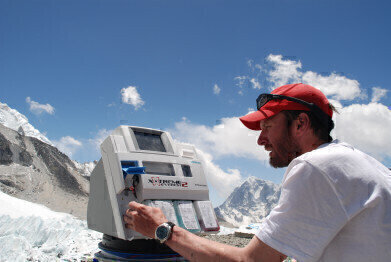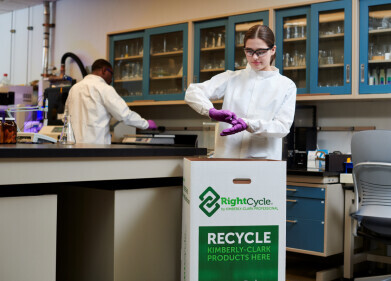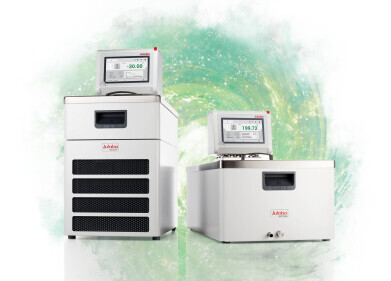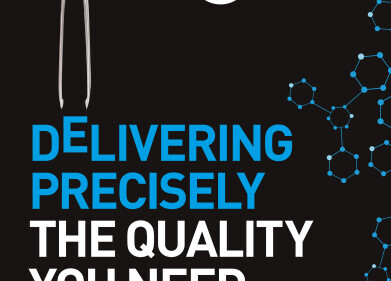Laboratory Products
Blood Gas Analysis reaches new heights with High Performance Technology
Dec 18 2013
The Xtreme Everest 2 team has returned from its three month expedition to Mount Everest along with two blood gas analysers from Siemens Healthcare Diagnostics. The team of intensive care doctors, nurses and scientists used the expedition and systems to better understand adaption to hypoxia. Tests were conducted at various altitudes with the main laboratory situated at Everest base camp some 5,364 metres above sea level.
The two Siemens blood gas systems that assisted the Xtreme Everest team were the RAPIDPoint® 500 and RAPIDLab® 348EX. The Xtreme Everest 2 expedition follows previous research conducted on Everest by the organisation in 2007. The goal of the 2013 research was to look at adaption to hypoxia with over 60 different studies being performed including an investigation of how micro-circulation is impacted by the release of nitric oxide in response to hypoxia and mitochondrial function. The data from the studies will help develop new ways to treat hypoxia that might change how the condition is managed in an ICU environment. The Xtreme Everest organisation is currently analysing the 15,000 samples gathered with initial results anticipated in early 2014.
The RAPIDPoint 500 offers ease-of-use to deliver laboratory-quality results in approximately 60 seconds from a single, whole blood sample. The system’s built-in CO-oximeter was used by the team to investigate haemoglobin mass levels at high altitude. The RAPIDLab 348EX Blood Gas Analyser, which features a new colour touchscreen monitor for intuitive ease of use, was used to perform comparison studies with the 348 model used in the 2007 expedition.
The full Xtreme Everest 2 study included the gathering of oxygen deprivation data from a cross-section of population. 100 adults aged between 20 and 73 from the UK and Europe joined the expedition to represent a randomised model of an ICU population. 12 children aged between eight and 17 also joined the team for part of the trip. 65 Sherpas were additionally studied to examine the difference in adaptation to low-oxygen environments when compared to lowlanders. Initial results have shown that although they have comparable oxygen delivery, the microcirculation is much better in Sherpas and the level of nitric oxide is much higher.
Digital Edition
Lab Asia 31.2 April 2024
April 2024
In This Edition Chromatography Articles - Approaches to troubleshooting an SPE method for the analysis of oligonucleotides (pt i) - High-precision liquid flow processes demand full fluidic c...
View all digital editions
Events
May 05 2024 Seville, Spain
InformEx Zone at CPhl North America
May 07 2024 Pennsylvania, PA, USA
May 14 2024 Oklahoma City, OK, USA
May 15 2024 Birmingham, UK
May 21 2024 Lagos, Nigeria













.jpg)




